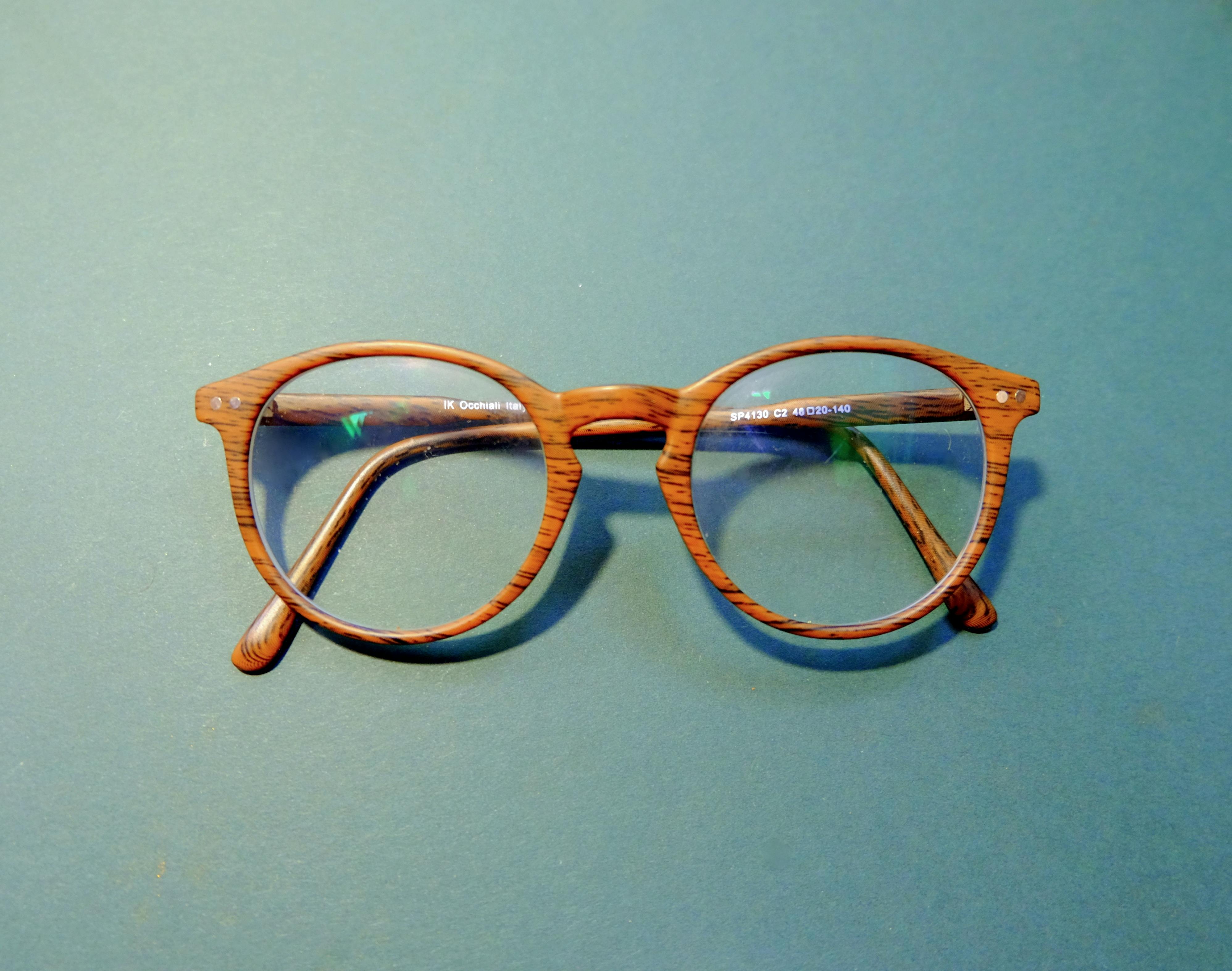We all exist in a system of social groups. The profession we choose, the hobbies we engage in, the community we live in, even our national identity. Different social groups have different tolerance or acceptance of tattoos and body modification. Some people who want to get a tattoo never can simply because they have seen what their society does or thinks of people with tattoos. In extreme cases, they become marginalized, looked down upon, scorned, or labeled as weirdos just because of the negative tattoo associations some people and social groups have. Obviously, people who have tattoos that you can’t see are harder to judge.
In the UK today, negative associations of tattooing can be found mainly in vague but occasionally still apparent class differences. The feeling that tattoos are for the working class can still be found, especially in the older generations. Other factors affect the reaction we have to tattoos. A tattoo of a dragon on a man’s full arm, for example (called a ‘sleeve’), would be treated completely differently if he were wearing a suit than if he were in very baggy jeans and a tank top. In this sense we interpret the tattoo in the context in which it is presented. The negative repercussions of having a tattoo are felt primarily in professional industries, such as banking and law, rather than in public situations.
In the United States, negative associations of tattoos include belonging to motorcycle gangs or criminal street gangs, which means that some Americans with tattoos may be unfairly labeled troublemakers or misfits. This can lead to people with tattoos only associating with other tattooed people, perpetuating negative associations of tattoos within society. The old saying that when peers mingle, their communal irrationalities and false beliefs are perpetuated and reinforced may explain this phenomenon.
These associations are not always a problem. In some professions, negative tattoo associations are largely ignored or nonexistent, with the military and the entertainment industry being two examples. However, in the military, tattoos should not be visible when wearing the uniform and many in the entertainment industry also choose to have tattoos in largely non-visible areas. Recently, celebrities have used some strange places for tattoos, including the inside of the ear, the side of the finger, and the side of the body.
Depending on the level of tattooing and the sensitivity of the people, various levels of reaction can be seen. Sometimes people with tattoos can be avoided in public, even if that person is successful in their career and has a perfectly gentle nature. Negative associations of tattoos can be just as strong in certain communities.
In ancient societies, negative tattoo associations did not exist. They were often signs of strength, courage, and achievement. However, achievements commemorated with a tattoo often involved killing someone. This behavior is now considered negative in our culture, which explains why the very association between tattoos and violence changes over time to a negative association. There were no anesthetics in ancient times, so the pain of getting a tattoo was unbearable. Getting a tattoo would indicate that the wearer can tolerate a lot of pain. While these connotations existed in the past, they may form the basis for negative tattoo associations today.
In our contemporary culture, negative associations of tattoos can make people feel pressured to remove them in order to advance their career or start socializing in new circles. Even modest tattoos of quiet designs, like a small flower, can be a magnet for gossip and teasing in certain circumstances. People who get a tattoo can really enjoy it, but then they worry so much about what others will think that they always hide it. Once a source of individuality and pride, the tattoo can now have many negative associations when, in fact, it has no reference to a person or their actions.
